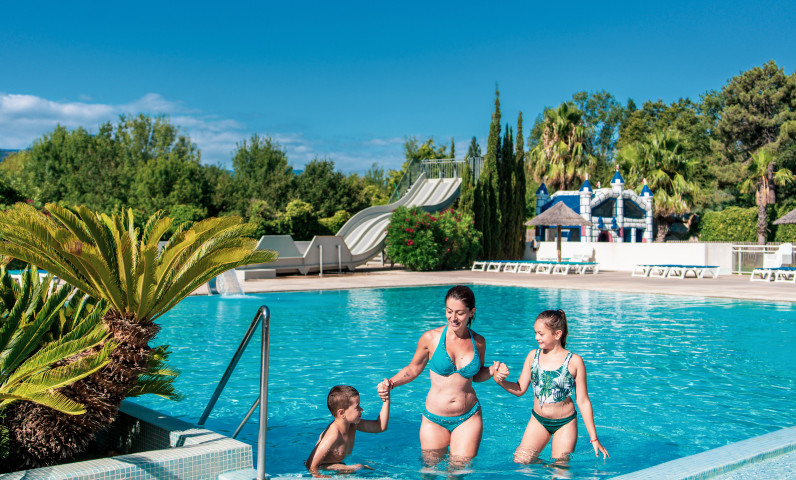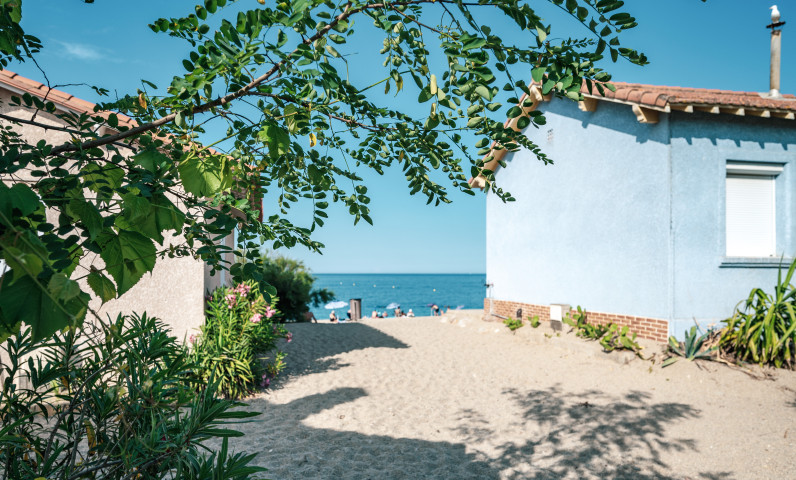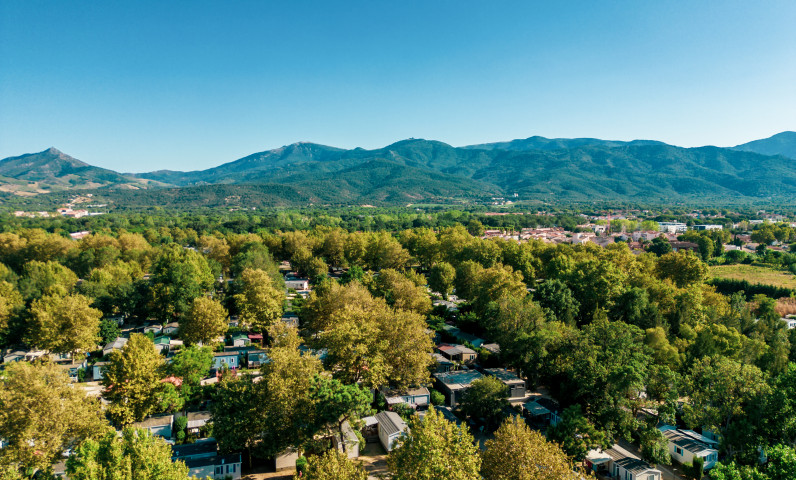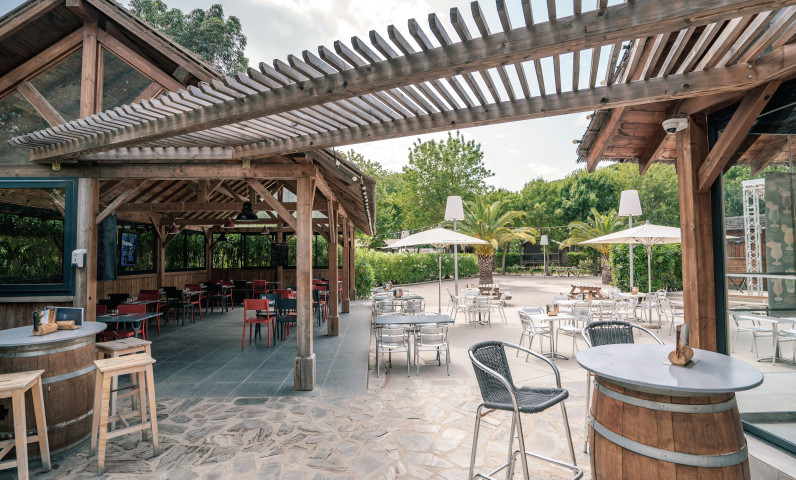PAULILLES COVE
The Paulilles cove is a perfect site for a nature getaway.
A must-see stop on the Côte Vermeille , this corner of paradise offers a mosaic of breathtaking landscapes.
Between the sea and the mountains, the terraced vineyards and the cork oak forests, the adventure along the marked paths, in the heart of a protected natural park, promises beautiful surprises.
THE LANDSCAPES OF PAULILLES
This getaway allows you to appreciate numerous panoramas of exceptional beauty.
Visitors are seduced by the small beaches separated from each other by rocky promontories, but also by the colourful landscapes, it is not for nothing that this area is called the Côte Vermeille.
You only have to look around for the many protected plants that are hidden in the landscape, such as the Armérie du Roussillon, the Polycarpon de Catalogne or the oeillet des Pyrénées.
THE COVES OF THE VERMEILLE COAST
The cove of Paulilles is also a delight for those who prefer to laze on the beach. The site has some of the most beautiful beaches and sandy coves at the foot of the Albères massif. Amongst these, we can mention particularly:
Saint-Vincent beach (Collioure)
Racou beach (Argelès-sur-Mer)
Sana beach (Banyuls-sur-Mer)
or the beach of Peyrefitte (Cerbère).
VISIT THE CATALAN BOAT WORKSHOP
The Catalan boat restoration workshop is a must for nature lovers as well as for those interested in Catalan history and culture.
Here, the carpenters are happy to explain to visitors that these fishing boats were once used along the Mediterranean coast to net anchovies and sardines. Catalan boats are an important part of the local maritime heritage. The craftsmen in charge of restoring them proudly share their know-how, explaining in particular the techniques used to renovate these traditional multicoloured boats.
VISIT THE OLD DYNAMITE FACTORY
The presence of a working-class and industrial heritage in the heart of nature is one of the particularities of the Paulilles cove and, more widely, of the Côte Vermeille. This visit allows us to retrace the steps of a site that was home to a flourishing but delicate industry. It is in a seventeen-hectare park that one can understand this one hundred and fifteen year long working history.
The visit is a real plunge into a not so distant past. In 1870, Alfred Nobel and his associate Paul Barbe decided to install a large dynamite factory on the Mediterranean coast. This required the deployment of hundreds of workers and thousands of tons of dynamite. Business was good, contributing to the development of the local economy and bringing significant social benefits (school, shops...) The factory had thirty-two buildings, seven of which are still open to the public today.
















































